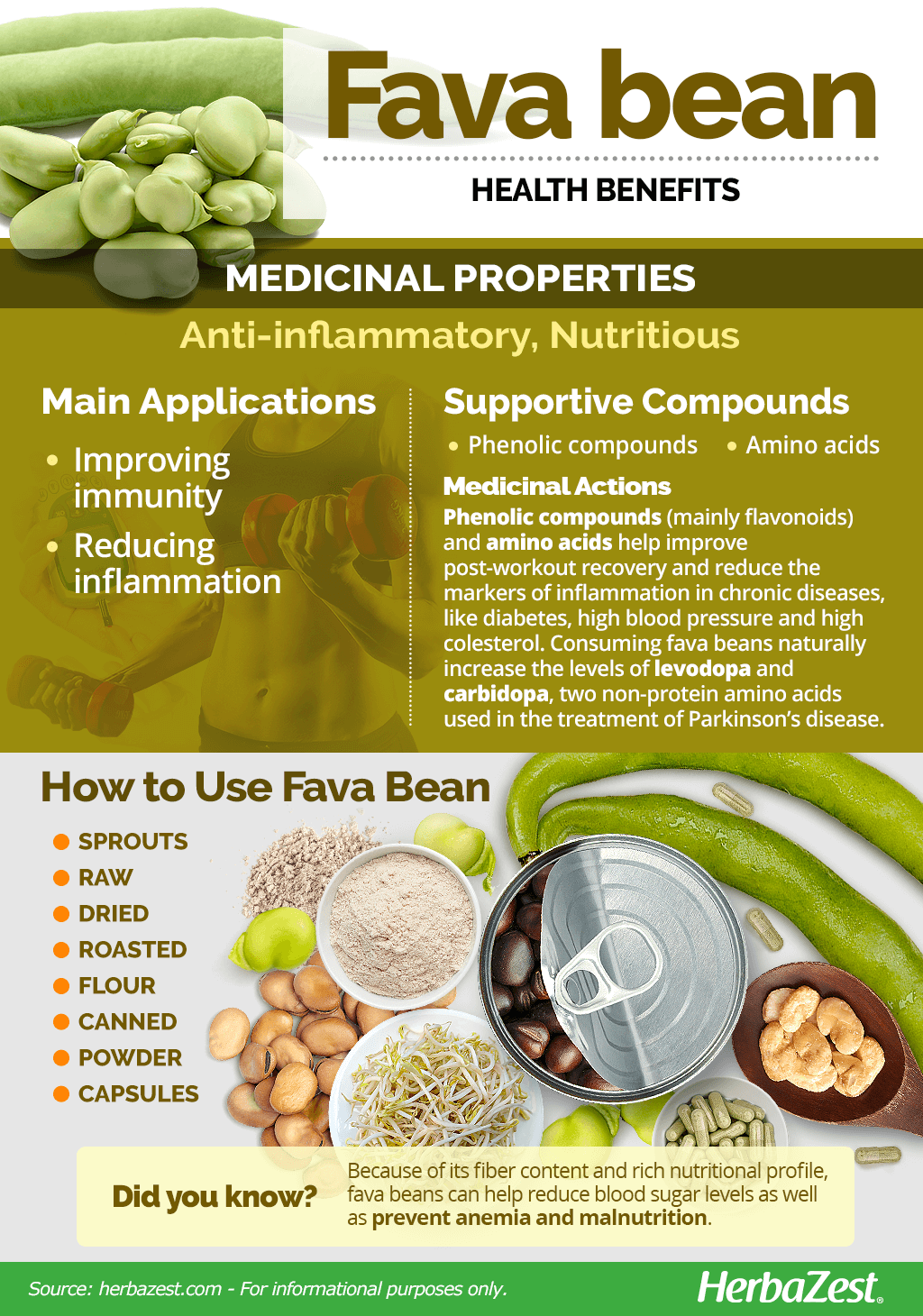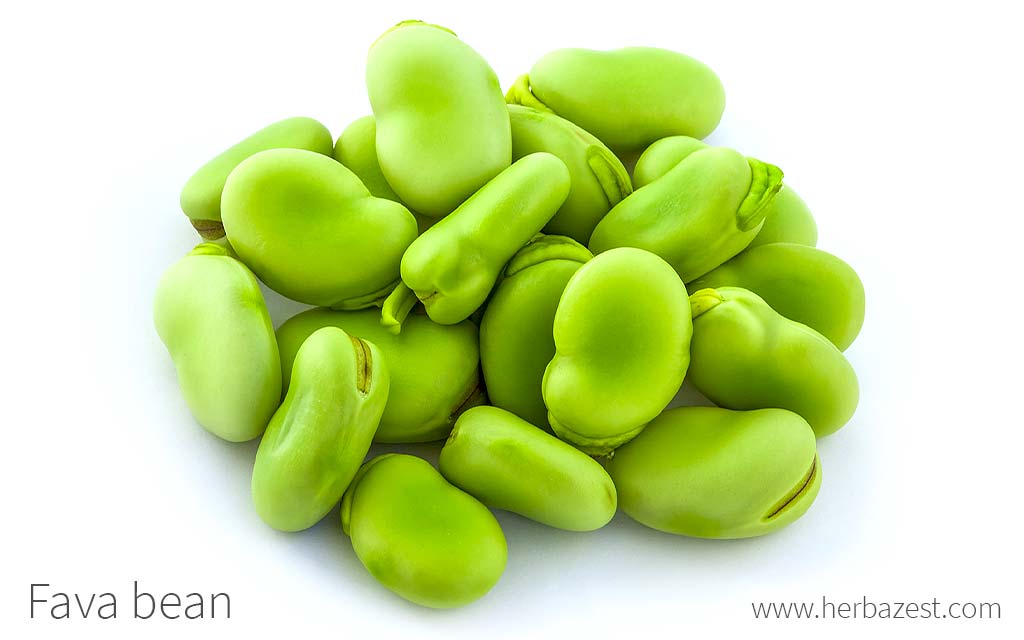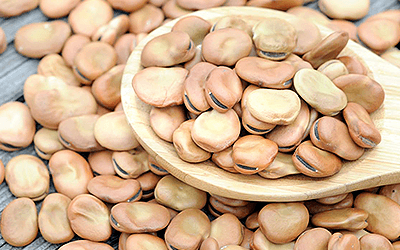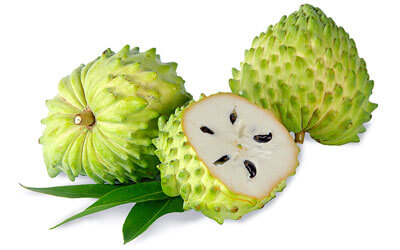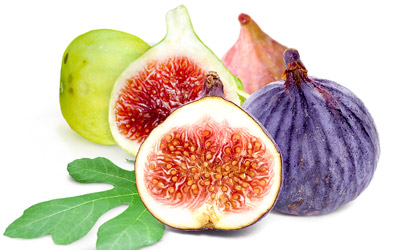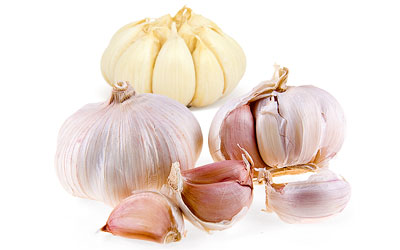Hailing from the Mediterranean region, fava beans, also known as broad beans, horse beans, and field beans, among other popular names, have been a dietary staple in the Middle East since the dawn of civilization. They help fight anemia and enrich culinary traditions around the world. Numerous studies have shed light on fava beans' nutritional value, health benefits, and medicinal properties. Keep reading to learn all about this amazing legume!
Fava bean Medicinal Properties
Health Benefits of Fava Bean
Fava beans are a nutritious legume with great antioxidant and anti-inflammatory properties. Some of the main health benefits of fava bean that have been validated by science are:
Improving immunity. Fava beans have shown to stimulate the immune response, which can help prevent non-transmissible diseases, also known as chronic diseases, such as Alzheimer's disease, autoimmune disorders, diabetes, and cardiovascular diseases, and maternal and perinatal conditions.
Reducing inflammation. Fava beans are considered a potential functional food due to their ability to reduce the biomarkers of inflammation in numerous diseases, including hypertension, metabolic disorders, ulcerative colitis, Parkinson's disease, allergies, and stomach ulcers.
Like other legumes, because of their fiber content and rich nutritional profile, fava beans can help reduce blood sugar levels as well as prevent anemia and malnutrition.
How it Works
Fava beans, or broad beans, contain a wide array of phytocompounds responsible for their medicinal actions. The most significant bioactive substances in fava beans are phenolic compounds (particularly flavonoids) and non-protein amino acids (most importantly GABA and L-DOPA).
Preliminary studies suggest that the anti-inflammatory actions of fava beans are mediated by the combined action of flavonoids and amino acids (or bioactive peptides), which can improve post-workout recovery and reduce markers of inflammation, bringing relief to chronic conditions such as high-blood pressure, diabetes, and high cholesterol.1,2,3
The presence of GABA in fava beans is particularly relevant due to the role of this non-protein amino acid in human health. Gamma-aminobutyric acid (GABA) is a key inhibitory neurotransmitter that not only stimulates growth in plants but also regulates blood pressure, stress, and sleep patterns in mammals.4,5
Fava beans are rich in another amino acid called levodopa, or L-DOPA (a precursor of dopamine), and it has been recently discovered that they also contain carbidopa, which is generally used in combination with levodopa as a standard treatment for Parkinson's disease. A study has shown that eating fava beans can naturally increase both levodopa and carbidopa levels in the bloodstream, helping improve the symptoms of Parkinson's disease.6
Preliminary studies suggest that fava beans' bioactive peptides can be effective in treating metabolic syndrome.7
Other herbs considered functional foods that help prevent chronic, degenerative diseases include
broccoli, cauliflower, quinoa, and goldenberry.
Side Effects & Interactions
Fava beans are generally safe to eat in moderated amounts; however, they have two antinutrients, vicine and convicine, which can trigger favism in individuals with a genetic deficiency of the enzyme glucose-6-phosphate dehydrogenase (G6PD). G6PD deficiency affects nearly 400 million people around the world and is more common in parts of Africa, Asia, the Mediterranean, and the Middle East, but it also affects about 1 in 10 African American males in the United States.8 The main symptoms of favism include jaundice, hematuria (blood in the urine), and hemolytic anemia caused by the destruction of blood cells. Breastfeeding mothers of newborns with G6PD deficiency and adults with this condition should not consume fava beans at all.
Additionally, eating raw fava beans may cause allergic reactions in sensitive people. In these cases, cooking fava beans can help minimize possible undesirable effects. Patients taking monoamine oxidase inhibitors (MAOIs), used to treat nervous system disorders (e.g. depression, panic disorder, and Parkinson's disease), may experience an increase in their blood pressure after eating fava beans.
- Medicinal action Anti-inflammatory, Nutritious
- Key constituents Phenolic compounds, flavonoids, peptides, GABA, L-DOPA
- Ways to use Food, Powder, Dried
- Medicinal rating (1) Very minor uses
- Safety ranking Safe
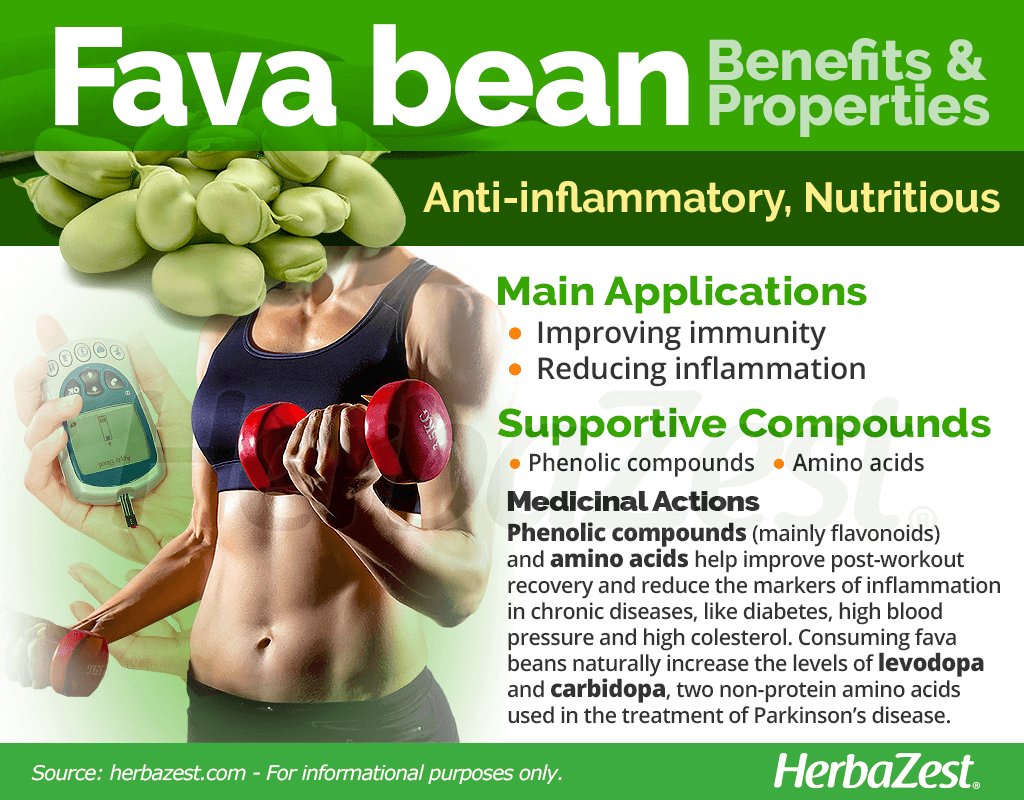
Fava bean Nutrition
Fava beans are one of the most nutritious legumes, with values similar to those of bean and chickpea. They offer good amounts of plant-based protein, along with dietary fiber, and a moderate content of carbohydrates.
Fava beans are a great source of B9, or folate, a water-soluble vitamin essential for DNA formation and cellular division, making it crucial for fetal development and growth. Folate deficiency is uncommon these days; however, fertile women trying to conceive are advised to ingest 400 mcg/day of folate (from supplements and/or food) to reduce the risk of birth defects. Symptoms of folate deficiency include weakness, fatigue, difficulty concentrating, irritability, headache, heart palpitations, and shortness of breath.
This legume is also a good source of B vitamins. B11 (better known as choline), essential for metabolic processes. Choline is crucial for brain function, contributing to improve memory and mood, as well as cellular integrity, muscle control, and the nervous system. B1 (thiamin) and B2 (riboflavin) are also present in good amounts in fava beans, with smaller quantities of other B vitamins and K (phylloquinone).
Fava beans are rich in essential minerals; they are an excellent source of copper, which plays a crucial role in brain development, energy generation, and blood vessels formation, as well as in maintaining the nervous and immune systems in optimal conditions.
On the other hand, fava beans provide generous amounts of manganese, a trace mineral involved in the metabolism of amino acids, cholesterol, glucose, and carbohydrates, as well as in bone formation, the production of reproductive hormones, and the immune response. Good quantities of other minerals, mainly magnesium, phosphorus, zinc, potassium, and selenium, add to the nutritional value of fava beans.
100 grams of fava beans provide 110 calories, 22% DV of dietary fiber, 15% DV of protein, and 7% DV of carbohydrates.
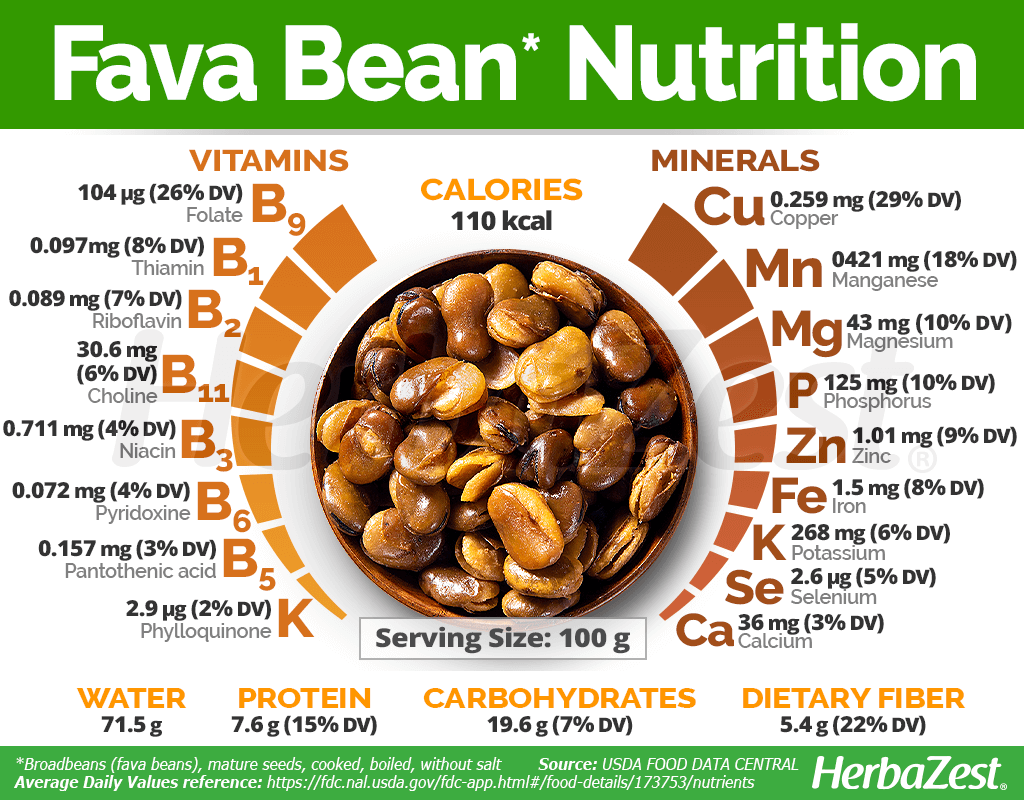
How to Consume Fava bean
Being a popular functional food, the health benefits of fava bean are generally obtained through culinary forms. However, due to its important protein content, fava beans have found a place in the fitness market.
Natural Forms
Raw. When they are freshly collected from their pods, tender fava beans can be peeled and eaten right away or used in salads.
Dried. In this form, fava beans must be soaked and peeled before cooking. This is a popular way of consuming them in places where fresh fava beans are not available all year around.
Canned. Fava beans are often canned, alone or with other vegetables, retaining most of its nutritional and medicinal properties.
Roasted. A popular snack, roasted fava beans are rich in minerals and proteins; however, care most be taken with the high levels of sodium in commercial brands.
Sprouts. Sprouts are famous for concentrating the properties of the plants, and fava beans are no exception. Fava bean sprouts can be consumed in salads and sandwiches.
Flour. Fava bean flour has a nice, mild flavor that makes it ideal as a thickener for soups and sauces, with the added benefit of providing essential nutrients and dietary fiber.
Herbal Remedies & Supplements
Powder. This supplemental form is the product of a hydrolysis process, resulting in a fine powder with a high level of fava bean protein or peptides. This powder can be added to shakes.
Capsules. Fava bean powder can also be taken as capsules in standardized doses that provide the nutritional benefits of this legume.
- Edible parts Seed
- Edible uses Protein
- Taste Mild
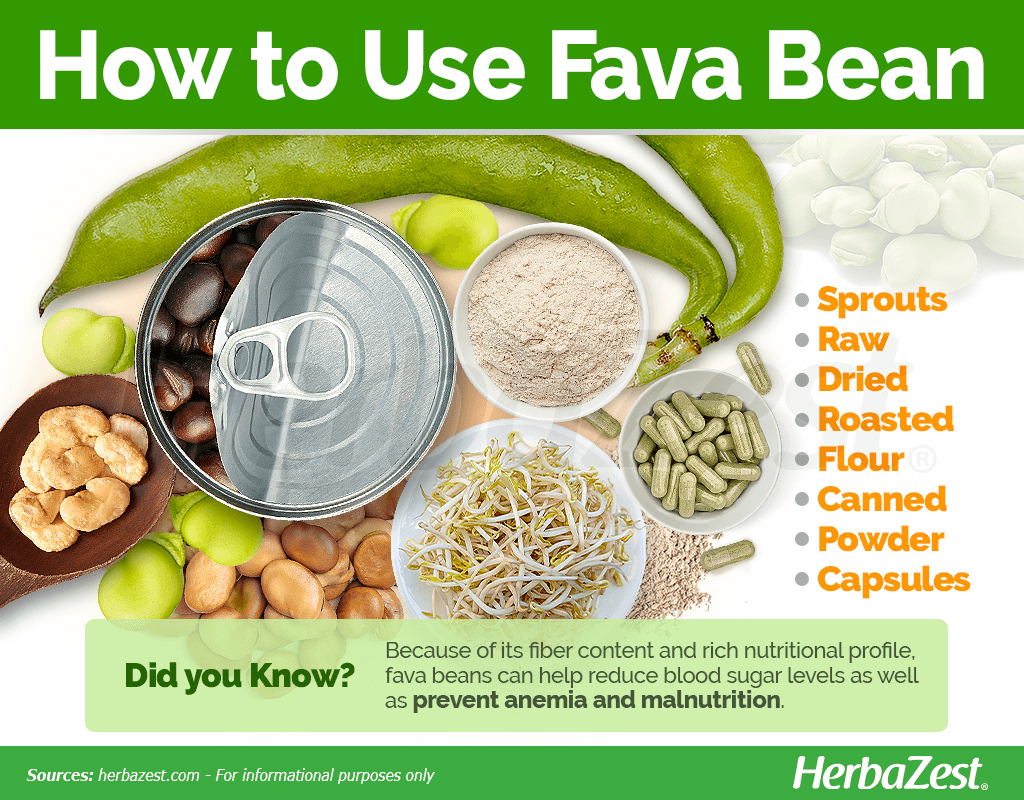
Growing
Fava beans are an annual crop that can grow well in both temperate and cold weather, but they are also well adapted to tropical areas of the world. They can be cultivated in a small portion of a garden for a family harvest. However, for this nutritious legume to thrive some basic care is necessary.
Growing Guidelines
Fava beans grow best in temperatures ranging 60-65°F (16-18°C) but it can grow in conditions as low as 40°F (4°C) and as high as 75°F (24°C).
The ideal type of soil for growing fava beans is silt loam and well-drained; however, they can thrive in loamy sand soils with more more frequent irrigation. Regardless of the soil type, is is important they have a neutral or slightly acidic pH. A soil test is advised before planting. If the pH is below 5.6, lime application is recommended.
In regions with cold, harsh winters, the best time for planting fava beans is early spring; however, in areas where winters are mild, they can be sown in early fall to be harvested in winter or early spring.
Fava bean seeds should be planted 5-6 inches (13-15 cm) apart in the row, with rows 24-36 inches (61-91 cm) apart.
Watering is not recommended until about 2 weeks after planting, as it slows growth and increases the risk of root rot.
Depending on the variety, fava beans will take 80 to 100 days to grow and be ready for harvest.
Fava beans are susceptible to several pests and diseases. Quite often, the fava bean plant is attacked by aphids and nematodes, particularly during early stages. Introducing beneficial insects, such as ladybugs and lacewings, is recommended to control this common pests. Fava beans can also be affected by bacterial and fungal diseases, such as blight and spots on leaves and pods, as well as rust, downy mildew, and root rot.
- Life cycle Annual
- Harvested parts Seeds
- Light requirements Full sun
- Soil Silt loam, Well-drained
- Soil pH 6.1 – 6.5 (Slightly acidic), 6.6 – 7.3 (Neutral)
- Growing habitat Cool temperate regions
- USDA Plant Hardiness Zones 3a, 3b, 4a, 4b, 5a, 5b, 6a, 6b, 7a, 7b, 8a, 8b, 9a, 9b, 10a, 10b, 11a, 11b
- Planting time Early spring
- Plant spacing average 0.15 m (0.49 ft)
- Growing time 80-100 days
- Potential insect pests Aphids, Nematodes
- Potential diseases Leaf spot, Root rot, Rust, Bacterial blight, Downy mildew
Additional Information
Plant Biology
Fava bean, also known as broad bean, horse bean, and field-bean, among many other names, is an annual crop that has been adapted to different climates around the world, but it is native to temperate to cold regions.
The fava bean plant is erect and can reach 2-7 feet (61-213 cm) tall, with hollow and square stems that grow from the base, single or profusely branched, which can give the plant a bushy appearance. Fava bean leaves are compound, 4-7 inches (10-18 cm) long, with 3 to 7 leaflets. The fragant flowers grow in clusters, supported by short stalks, in the axils of the leaves, with petals in colors that range from white and purple to black and dark brown, sometimes showing purple spots. Fava bean pods are green and cylindrical, with a smooth exterior and a wooly coated interior that can contain up to 10 seeds. As the seeds mature, the pods get dry and change their color to dark brown or black. Fava beans are large and flattened, and their size varies depending on the cultivar; large seeds can be 0.91-0.98 inches (2.3-2.5 cm), medium seeds 0.79-0.87 inches (2.0-2.2 cm), and small seeds 0.67-0.75 inches (1.7-1.9 cm). When mature, fava bean seeds' colors can range from cream, brown, and reddish to greenish and purple with a large dark colored hilum.
Classification
Fava bean (Vicia faba) is a member of the Fabaceae family, which comprises 700 genera and about 17,000 species, including economically important crops such as alfalfa (Medicago sativa), bean (Phaseolus vulgaris), carob (Ceratonia siliqua), fenugreek (Trigonella foenum-graecum), licorice (Glycyrrhiza glabra), pea (Pisum sativum), chickpea (Cicer arietinum), lentil (Lens culinaris), lupine (Lupinus spp.), peanut (Arachis hypogaea), soy (Glycine max), tamarind (Tamarindus indica), and winged bean (Psophocarpus tetragonolobus).
Species and Cultivars of Fava Bean
The genus Vicia, or vetch genus, is the third largest family of flowering plants worldwide, with about 210 recognized species distributed across the world, most of them of great economical importance for both human and livestock sustenance.
There are two main subspecies of fava beans (Vicia faba) commercially grown: Broad beans (Vicia faba var. major), with large seeds, cultivated chiefly for human consumption, and horse beans, or field beans (Vicia faba var. minor), mostly grown for feeding livestock. From these subspecies a wide diversity of cultivars have been created, each of them with particular characteristics of hardiness and seed size.
Historical Information
The exact origin of fava bean is still a matter of debate among academics, but most experts agree the Mediterranean Basin was the cradle of this legume. Archeological remains dating back to 11,000 years ago were discovered at Jericho, in Palestine, making of fava bean one of the oldest cultivated crops, and pointing to the Middle East as the center of its domestication.
There are records of fava beans' consumption in China since the 11th century, and before the arrival of common beans to Europe, fava beans were a staple food across the Old World.
Fava beans were introduced in Mexico and South America by Spanish explorers.
Economic Data
The main producer of fava beans is China, followed by Ethiopia, Australia, UK and Egypt; however, Australia is currently the largest exporter of this legume, selling mainly into China and North Africa. In Latin America, Peru is the main producer and exporter of fava beans.
Other Uses
Agricultural. Fava bean is used as a rotating crop to preserve the integrity of the soil. I fact, it is recommended to plant this annual legume in between seasons, alternating it with other vegetables.
Fodder. The whole fava bean plant have been used by millennia to feed livestock.
- Other uses Animal feed
Sources
- Food Research International, From ancient crop to modern superfood: Exploring the history, diversity, characteristics, technological applications, and culinary uses of Peruvian fava beans, 2023
- Foods, Associating Compositional, Nutritional and Techno-Functional Characteristics of Faba Bean (Vicia faba L.) Protein Isolates and Their Production Side-Streams with Potential Food Applications, 2023
- Frontiers in Nutrition, Phytochemicals From Vicia faba Beans as Ligands of the Aryl Hydrocarbon Receptor to Regulate Autoimmune Diseases, 2022
- International Center for Agricultural Research in the Dry Areas (ICARDA), Faba Bean in China: State-of-the-art Review, 1993
- International Journal of Molecular Activities, Health Beneficial Bioactivities of Faba Bean Gastrointestinal (In Vitro) Digestate in Comparison to Soybean and Pea, 2022
- Nutrients, Faba Bean: An Untapped Source of Quality Plant Proteins and Bioactives, 2022
- Oregon State University, College of Agricultural Sciences, Department of Agriculture, Oregon Vegetales, Beans, Fava, 2010
- Plant Foods for Human Nutrition, Effects of roasting on phenolic composition and in vitro antioxidant capacity of Australian grown faba beans (Vicia faba L.), 2014
- Proceedings of The Nutrition Society, Vicia faba hull: A novel source of fibre, and a functional food with antidiabetic properties, 2020
- Roczniki Państwowego Zakładu Higieny (Annals of the National Institute of Hygiene), Chemical composition and antioxidant activity of extracts from Moroccan fresh fava beans pods (Vicia Faba L.), 2022
- Saudi Journal of Biological Sciences, Effect of supplementing fava bean (Vicia faba L.) on ulcerative colitis and colonic mucosal DNA content in rats fed a high-sucrose diet, 2021
- Singapur Food Agency, Risk at a Glance – The Arch Enemy of G6PD-Deficient Individuals – Fava Beans, n/d
- The Open Conference Proceedings Journal, Chemical Profile and In Vitro Bioactivity of Vicia faba Beans and Pods, 2020
- University of California, Agriculture and Natural Resources, Fava Beans
- USDA Natural Resources Conservation Service, Plant Guide, Fava Bean, n/d
Footnotes
- Nutrients. (2023). Improved Strength Recovery and Reduced Fatigue with Suppressed Plasma Myostatin Following Supplementation of a Vicia faba Hydrolysate, in a Healthy Male Population. Retrieved June 3, 2024, from: https://www.ncbi.nlm.nih.gov/pmc/articles/PMC9967853/
- Food and Function. (2018). Broad bean (Vicia faba L.) pods: a rich source of bioactive ingredients with antimicrobial, antioxidant, enzyme inhibitory, anti-diabetic and health-promoting properties. Retrieved June 3, 2024, from:https://pubmed.ncbi.nlm.nih.gov/29589631/
- Biological Research. (2019). Intestinal transcriptional profiling reveals fava bean-induced immune response in DBA/1 mice. Retrieved June 3, 2024, from: https://www.ncbi.nlm.nih.gov/pmc/articles/PMC6396536/
- Plant Physiology Reports. (2020). Role of Gamma Amino Butyric Acid (GABA) against abiotic stress tolerance in legumes: a review. Retrieved June 4, 2024, from: https://www.ncbi.nlm.nih.gov/pmc/articles/PMC7724459/
- Frontiers in Neuroscience. (2020). Effects of Oral Gamma-Aminobutyric Acid (GABA) Administration on Stress and Sleep in Humans: A Systematic Review. Retrieved June 4, 2024, from: https://www.ncbi.nlm.nih.gov/pmc/articles/PMC7527439/
- Journal of Clinical & Diagnostic Research. (2013). Simultaneous Determination of Levodopa and Carbidopa from Fava Bean, Green Peas and Green Beans by High Performance Liquid Gas Chromatography. Retrieved June 4, 2024, from: https://pubmed.ncbi.nlm.nih.gov/23905090/
- LWT. (2019). Peptides obtained from fermented faba bean seeds (Vicia faba) as potential inhibitors of an enzyme involved in the pathogenesis of metabolic syndrome. Retrieved June 4, 2024, from: https://www.sciencedirect.com/science/article/abs/pii/S002364381930091X
- MedlinePlus. (n/d). Glucose-6-phosphate dehydrogenase deficiency. Retrieved June 5, 2024, from: https://medlineplus.gov/genetics/condition/glucose-6-phosphate-dehydrogenase-deficiency/
